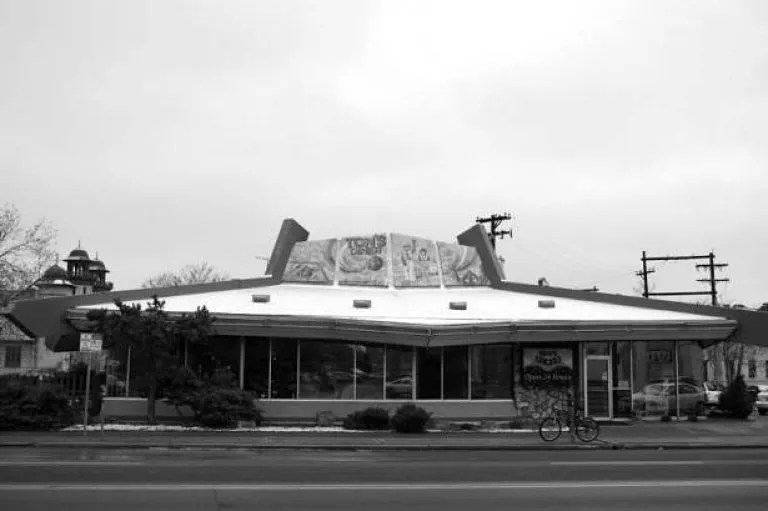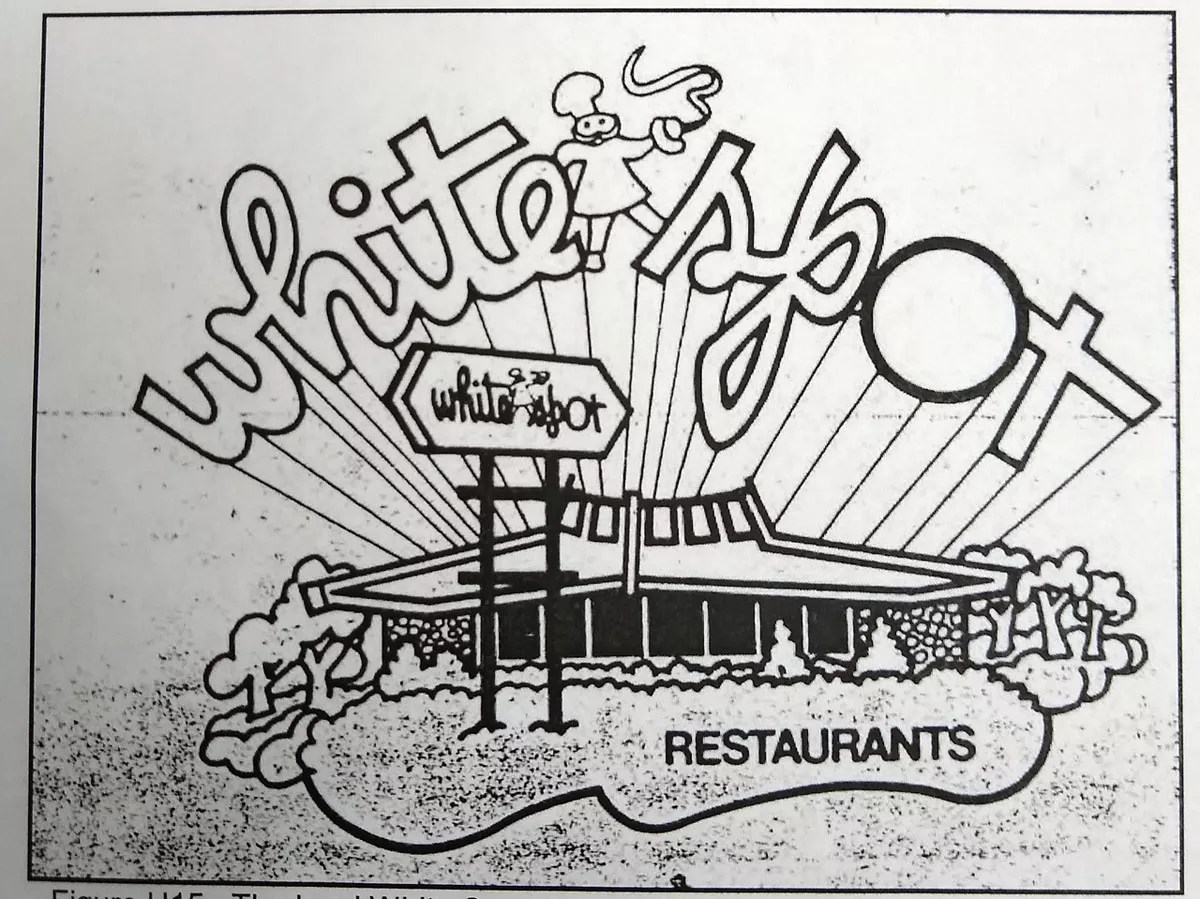
Denver Public Library

Audio By Carbonatix
Diners are looking like an endangered species in Denver. Last year, Tom Messina, the owner of Tom’s Diner, listed the property at 601 East Colfax Avenue, which he’d bought in 2004 for $800,000, for sale at $4.8 million. Potentially justifying that high price tag is a May 3 filing for a certificate of non-historic status from Denver’s Landmark Preservation Commission; if no one objects and files a counter-application, the property could be granted non-historic status next month. (The Bonnie Brae Tavern went through the same routine earlier this spring.)
A non-historic designation would make it easier to demolish Tom’s Diner and construct a major project on this prime piece of Colfax property; if it’s granted, a developer plans to build an eight-story apartment building with over 100 units on the property. (No matter how busy a diner is at 3 a.m., a buyer isn’t going to cover a $5 million tab with checks on plates of pancakes.)
But on May 16, the Landmark Preservation Commission released its staffers’ report on the 52-year-old building, calling it “potentially historic.” Tom’s was already declared eligible for listing on the National Register of Historic Places in 2009; the city’s new report notes both the building’s history and its distinctive architecture.

Courtesy of National Register of Historic Places
Will you step up to support Westword this year?
At Westword, we’re small and scrappy — and we make the most of every dollar from our supporters. Right now, we’re $21,000 away from reaching our December 31 goal of $50,000. If you’ve ever learned something new, stayed informed, or felt more connected because of Westword, now’s the time to give back.
The diner was originally a link in the homegrown White Spot chain founded by William Fleming in 1946, which eventually grew to nine locations. The circa 1967 structure was designed by Armet & Davis of Los Angeles, in classic Googie coffee-shop style; the futuristic look evolved in Southern California after World War II and was dubbed “Googie” in honor of a West Hollywood coffee shop that opened in 1949.
The year the location opened at Colfax and Washington, the White Spot chain advertised its restaurants as “where everybody meets and everybody eats,” with a “completed menu of Fine Foods served with dispatch in a pleasant atmosphere 24 hours a day.”

Westword
By the time Messina bought the property, it had already left the White Spot chain and become the Sun Diner; he turned it into Tom’s Diner, which we named the “Best Place for Watching the Colfax Nightlife” in 2003.The last White Spot in Denver, at 800 Broadway, had poured its last cup of coffee in 2001; it was demolished, and an office building now sits on that spot.
Only a handful of former White Spot locations still exist, and the Landmark Preservation Commission notes that they’ve been significantly altered from the original designs. One, the building at 740 West Colfax Avenue that’s currently home to the Denver Diner, was sold to a developer last year for $3.6 million. For now, though, it continues to serve 24 hours a day.

Danielle Lirette
Even if Tom’s Diner goes, a few Googie-style spots remain in town, including the Snarf’s at 5001 West 38th Avenue, which occupies a building designed by the Denver architecture firm of Kellogg & Sayer. It started life in the ’50s as part of the Big Top Auto Mart gas station chain, then went through many incarnations, each sadder than the next, before Snarf’s owner Jim Seidel snarfed it up for one of his sandwich shops five years ago and gave it a major rehab that restored its original Googie glory, also adding some fun new art pieces.
Another former Big Top on South Federal Boulevard with a similar design is becoming Super Carniceria La Hacienda.
The deadline for filing to have Tom’s Diner declared historic is June 7; if a would-be applicant notifies the Landmark Commission Preservation Office of intent to apply by the end of this month, the deadline will be extended another week.